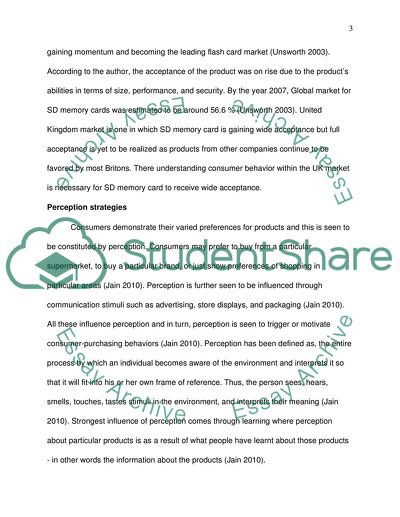Cite this document
(Consumer Behavior of Panasonic Company Research Paper, n.d.)
Consumer Behavior of Panasonic Company Research Paper. Retrieved from https://studentshare.org/family-consumer-science/1747376-consumer-behaviour
Consumer Behavior of Panasonic Company Research Paper. Retrieved from https://studentshare.org/family-consumer-science/1747376-consumer-behaviour
(Consumer Behavior of Panasonic Company Research Paper)
Consumer Behavior of Panasonic Company Research Paper. https://studentshare.org/family-consumer-science/1747376-consumer-behaviour.
Consumer Behavior of Panasonic Company Research Paper. https://studentshare.org/family-consumer-science/1747376-consumer-behaviour.
“Consumer Behavior of Panasonic Company Research Paper”, n.d. https://studentshare.org/family-consumer-science/1747376-consumer-behaviour.


